
The most revered Jain places in India
Jainism derives from the Sanskrit verb ‘ji’, meaning ‘to conquer’. This refers to the battle that Jain ascetics must fight against material temptations. It is a religion that probably appeared around the 5th century BC. Its origins remain unclear, Jainism has no known founder but it was taught by enlighted teachers called ‘Tirthankaras’ (bridge-builders). There are 720 of them, but only the last 24 are venerated. Bhagwan Mahaver Swamiji is the 24th of this kaal chakra, Bhagwan Rushabhdevji being the first. Jain temples and Tirth (pilgrimage sites) are present throughout all India and they are distinguished by their refined architecture where the Tirthankaras are represented by naked statues, either standing or sitting in the lotus posture.
1. Ranakpur, Rajasthan
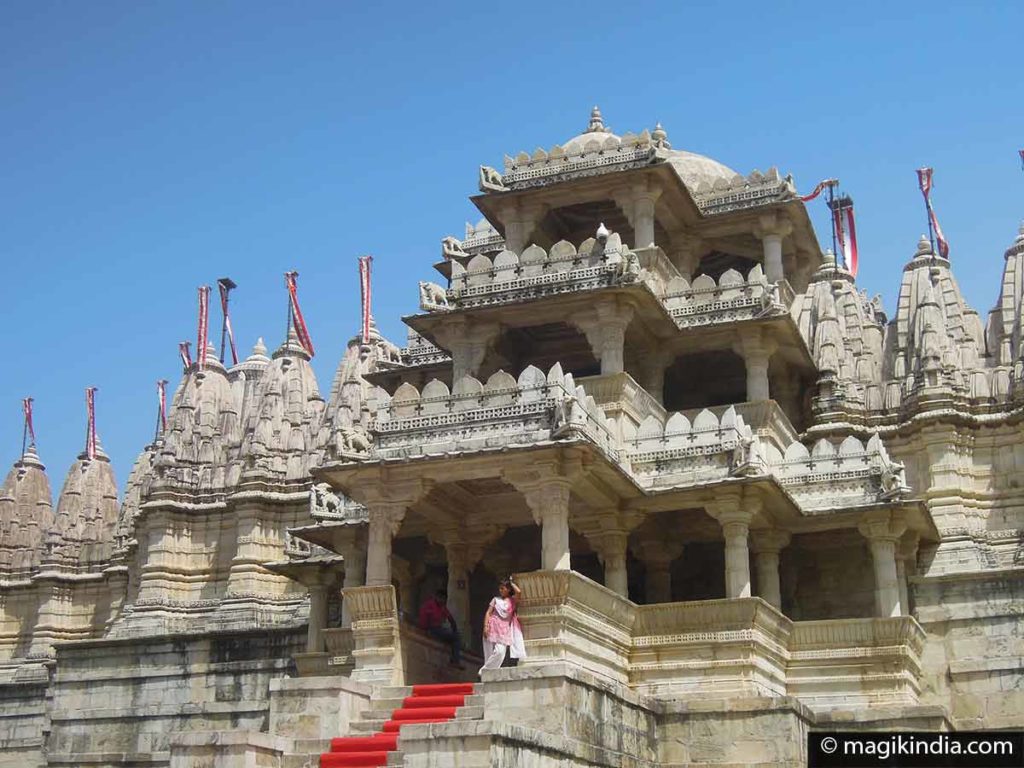
On the road between Udaipur and Jodhpur (Rajasthan), tucked away in a magnificent valley in the Avaralli hills, there stands a gem of architectural virtuosity: the Jain temple of Ranakpur also called Chaturmukha, one of the largest and finest Jain temples in India and an architectural marvel.The building is so richly and densely decorated that the gaze pans in amazement across the omnipresent intricate carvings…
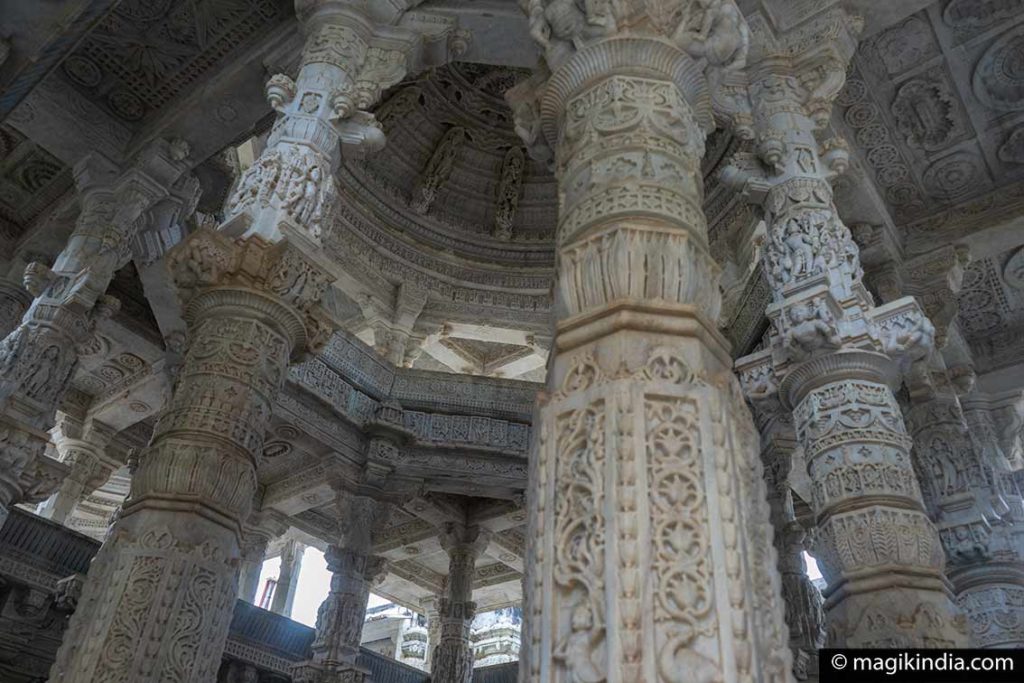
2. Gomateshwara Bahubali, Karnataka
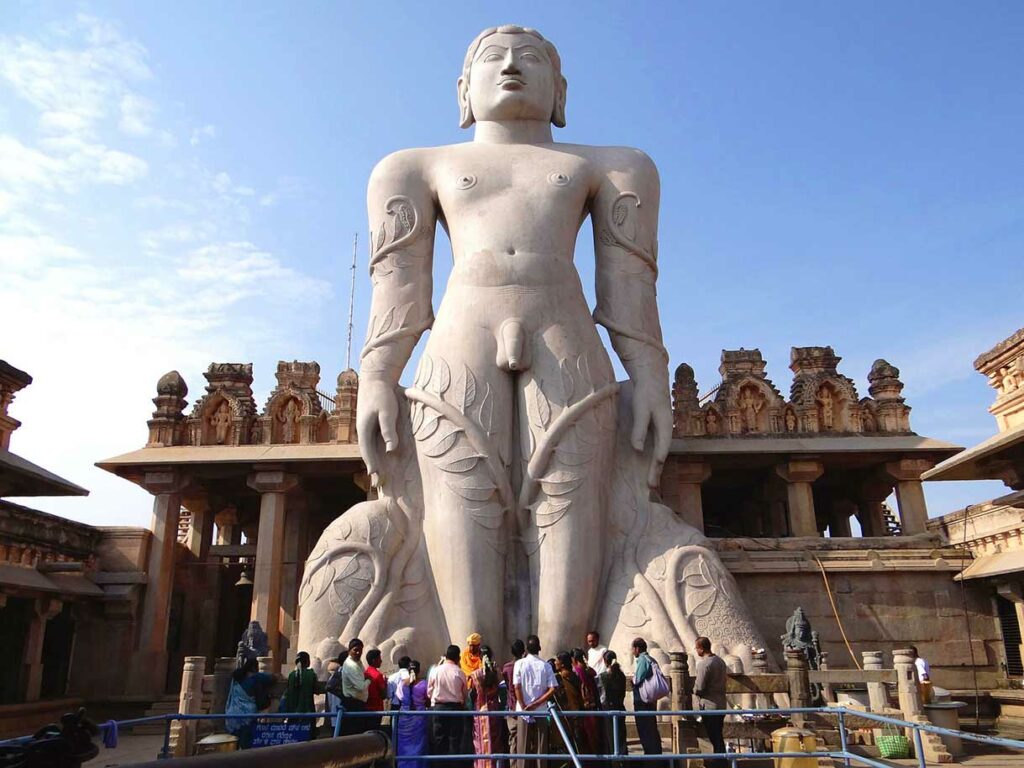
Shravanabelagola lies 150km from Bangalore, the state capital of Karnataka. The town has been a Jain holy place for over two thousand years. On one of the hill of the town stands a 18m granite colossus in meditative pose. It was built in 981 CE, on the orders of a general called Chavundaraya, and is considered one of the largest monolithic statues in the world…
KNOW MORE ABOUT IT3. Palitana, Gujarat
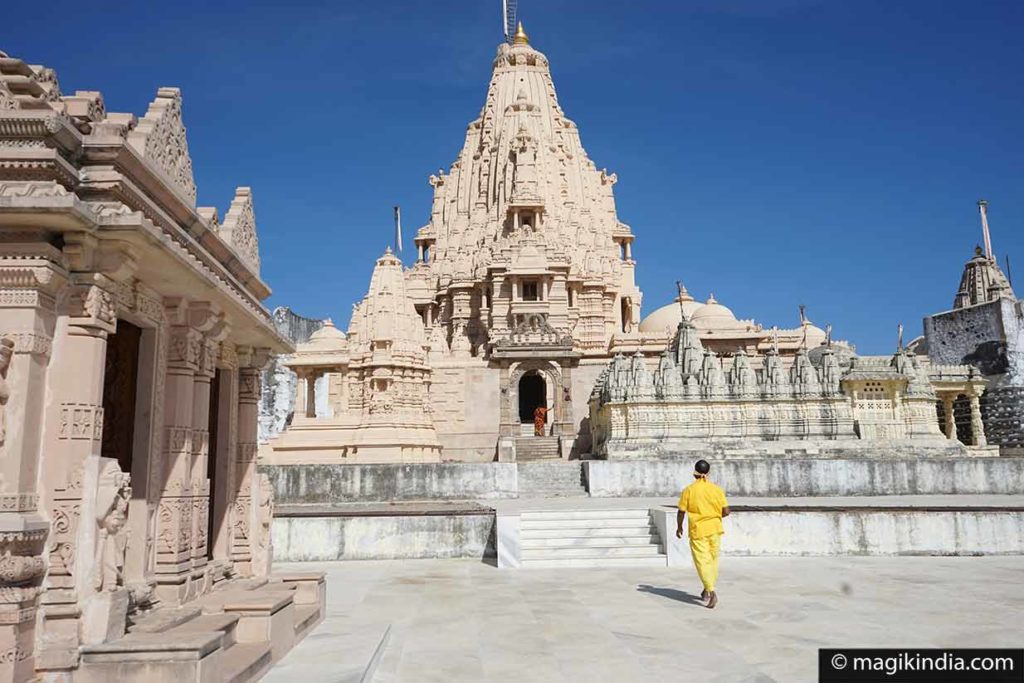
This incredible temple complex perched on Shatrunjaya Hill seems to touch the sky. The 3500 steps that lead to them take you on an inner journey while giving you time to enjoy the beauty of the landscape. Shatrunjaya means “place of victory against inner enemies”. Along with Mount Abu, Girnar and Shravanabelagola, Shatrunjaya is one of the four most holy places of the Jain faith…
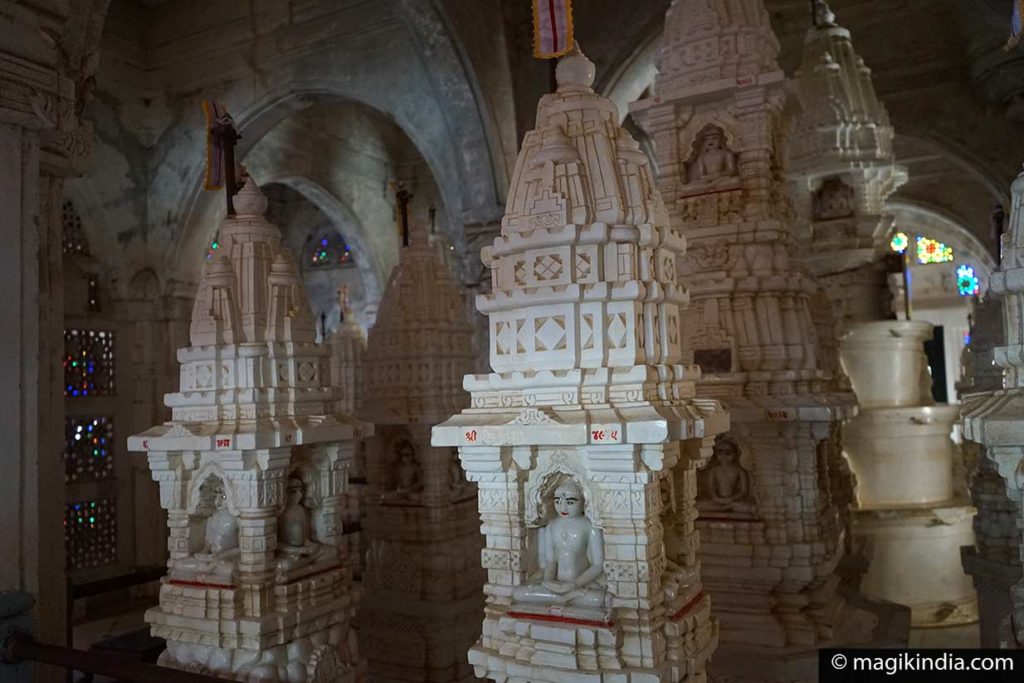
4. Dilwara, Mount Abu, Rajasthan
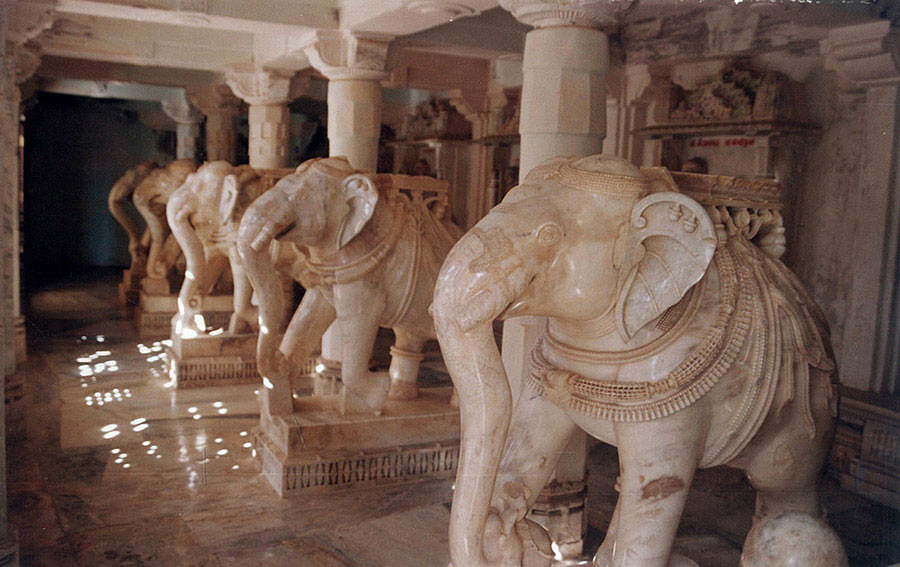
The sumptuous Jain temples of Dilwara in Mount Abu (Rajasthan) are a major pilgrimage centre for Jains. They were built between the 11th and 13th centuries CE. They look modest enough but the interiors will leave you speechless. The ornamental details carved in the marble ceilings and pillars are quite simply incredible. Even more astonishing, the huge marble blocks needed to build the temples were carried on the backs of elephants from the Arasur Hills in Ambaji to this place more than 1000m above sea level..
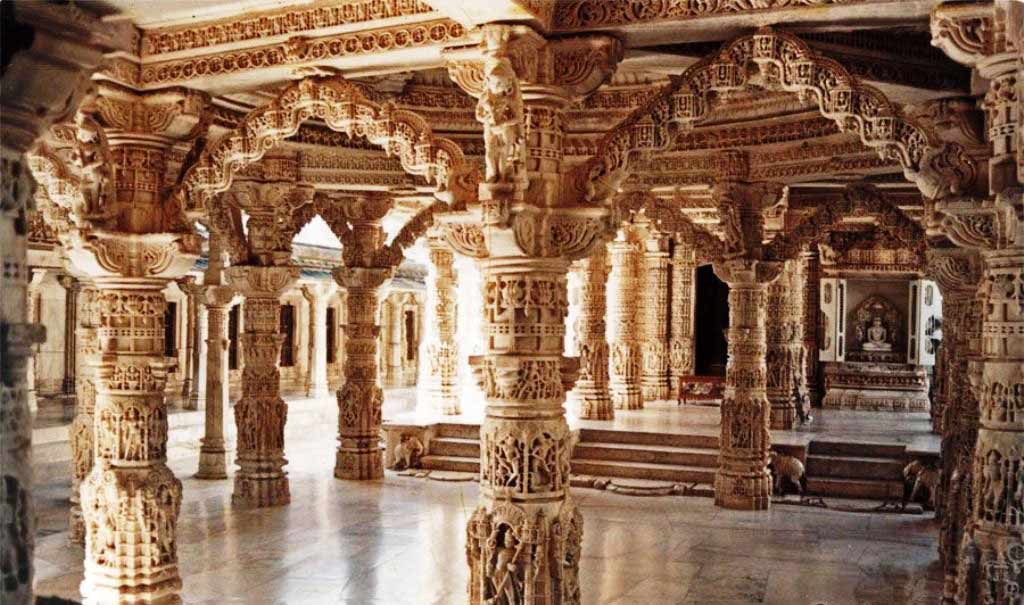
5. Girnar, Gujarat
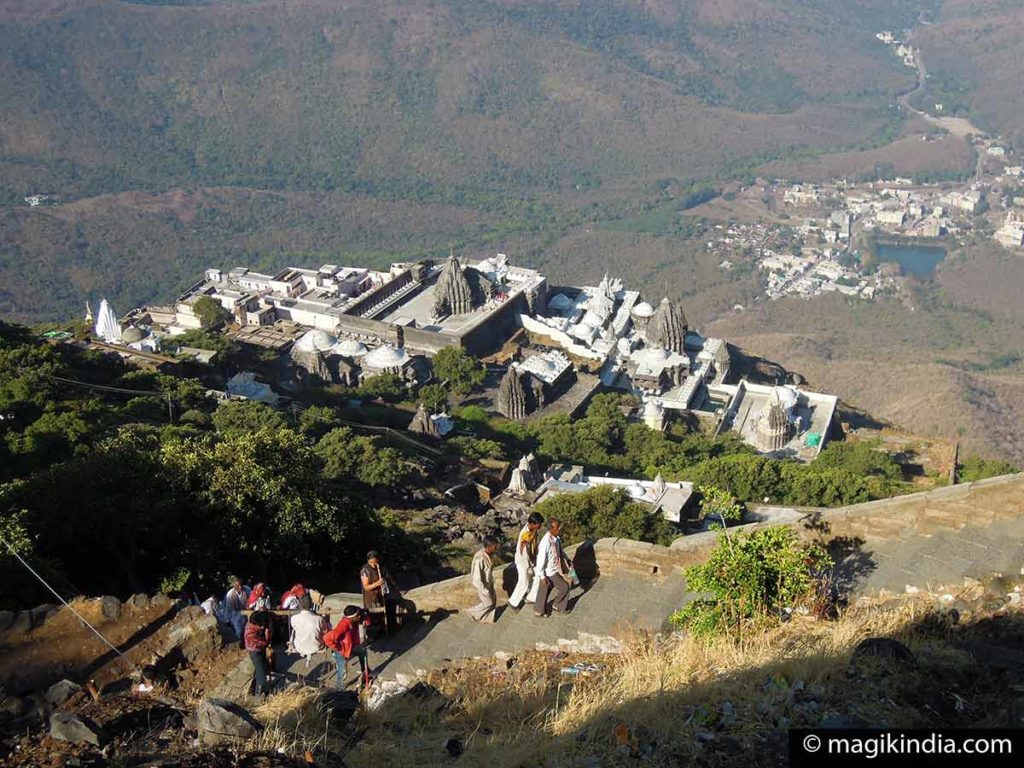
Mount Girnar (Mount Neminath for the Jains) is in fact a cluster of hills and peaks about 4km from the town of Junagadh. Its summit, at 1118m, is the highest point in Gujarat. Girnar is an important place of pilgrimage for Hindus and Jains alike, with temples of both religions. One has to climb 4000 steps to reach a plateau with a number of very lovely 12th-16th-century Jain temples. The most famous is the 12th-century Neminath Temple. It is said that the 22nd Tirthankar (Jain saint) died here after 700 years of meditation…

6. Mahudi, Gujarat
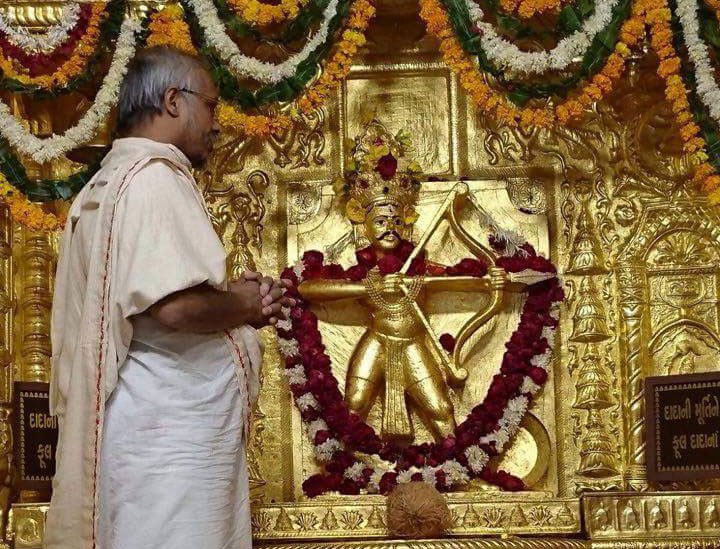
The temple to Shri Ghantakarna Mahavir, protector of the unfortunate, in Mahudi town (Gujarat), is considered one of the most holy Jain pilgrimage sites. The temple was built in 1923, after the sage Acharyadev Buddhi Sagarsurisvarji had a vision of Ghantakarna Mahavir when meditating. The statue, carved from a rock taken from the river Sabarmati, is considered to have miraculous powers…

7. Sonagiri Temple, Madhya Pradesh

Sonagiri has 77 temples dating from the 9th and 10th century located about 60 km from Gwalior in Madhya Pradesh. This place is popular for practicing austerities and reaching the ‘Moksha’ (salvation). According to the holy texts, in this place, thousands of Jain ascetics have obtained enlightenment…
VISIT MADHYA PRADESH8. Shikharji, Jharkhand
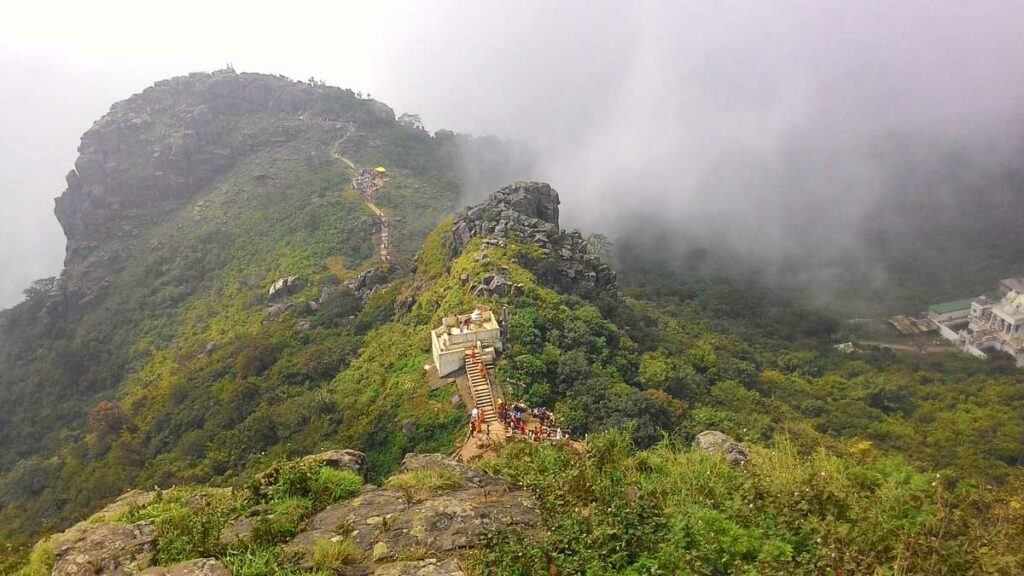
The Shikharji temples are located on Parasnath, the highest hill in the state of Jharkhand in northeastern India. This place is one of the most important places of Jainism because it is said that twenty of the twenty-four Tirthankaras Saints and many other monks have attained the Moksha (salvation).
Other Jain temples that worth a visit
Parshwanath temple, Kolkata
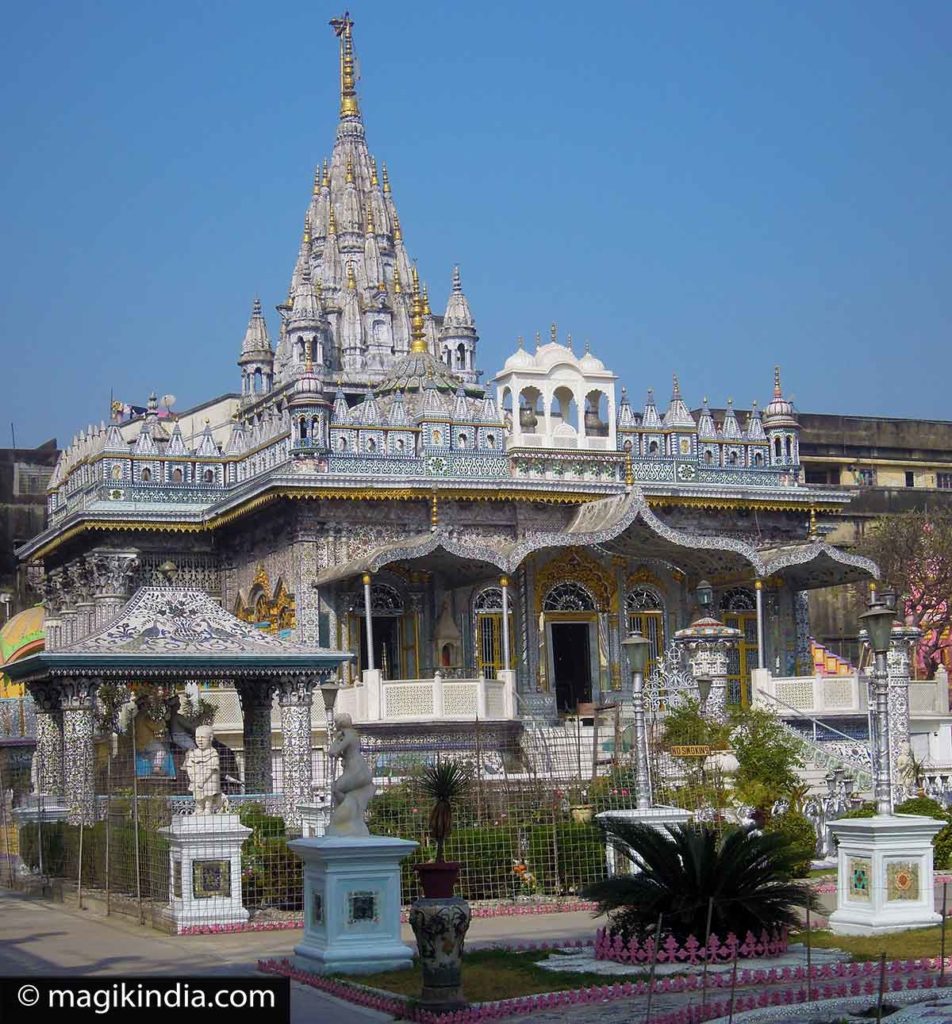
This Jain temple is located in Badridas Temple Street in Kolkata. It is dedicated to Paresnath, the 23rd Tirthankar. This temple is a must-go for the richness of its decoration. The main idol, in the sanctum sanctorum, has diamonds set into its forehead. A lamp of ghee (clarified butter) has burnt continuously ever since the temple was built in 1867…
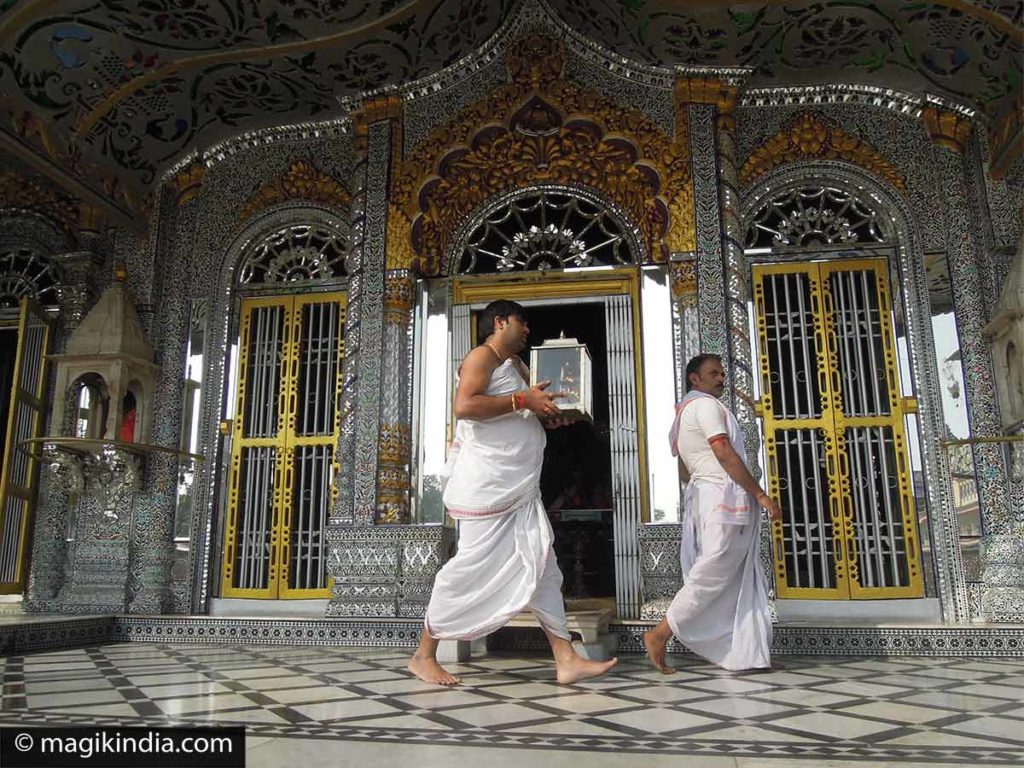
Hutheesing temple, Ahmedabad, Gujarat
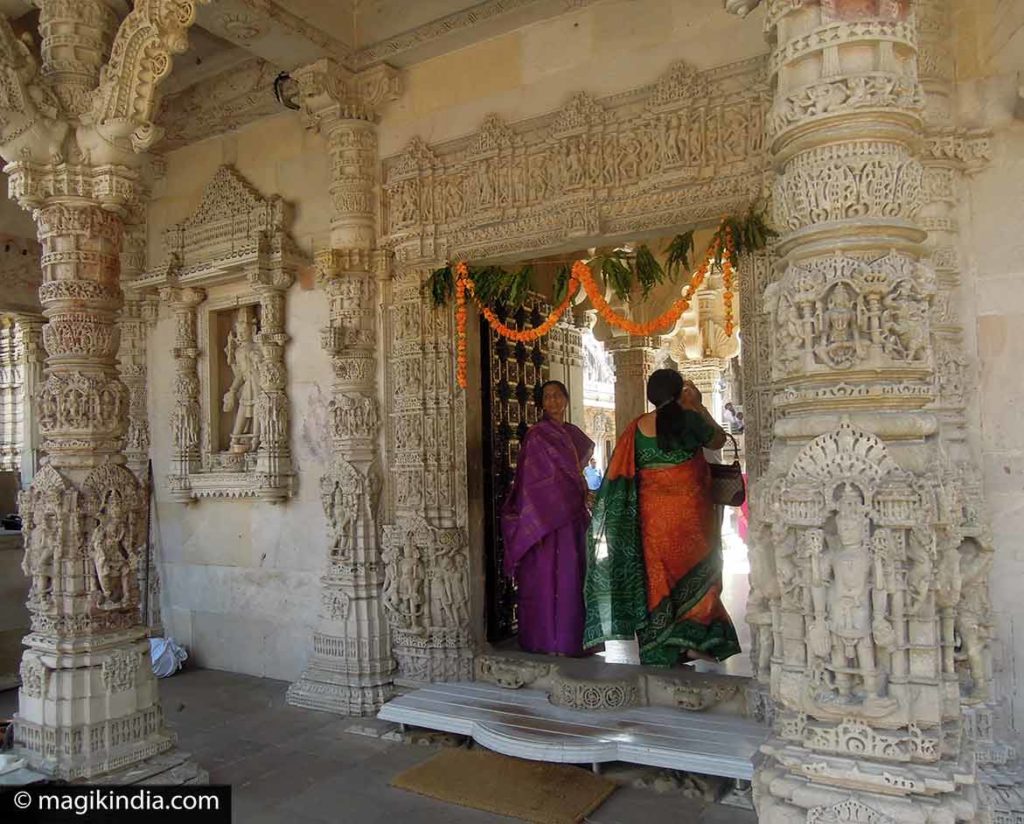
The Hatheesingh jain temple was built in 1850 and it is dedicated to Dharmanatha, the 15th Tirthankar. It is named after its founder Seth Hathee Singh, a prosperous Jain trader. It is an architectural wonder in white marble, built on two floors…
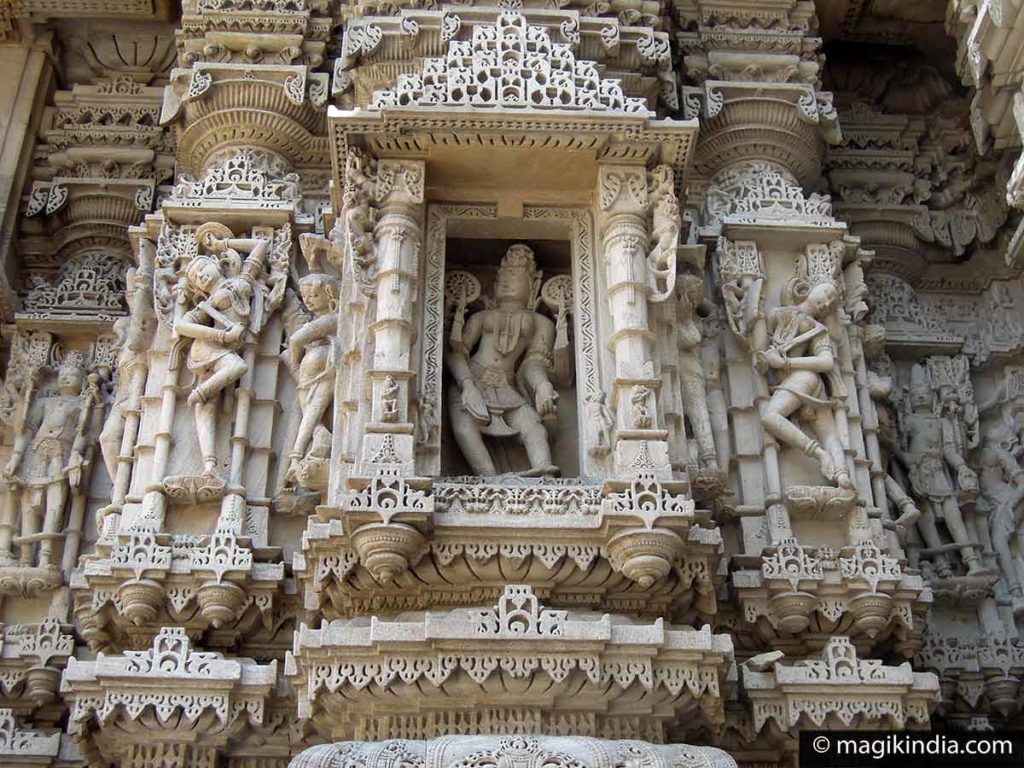
Lal Mandir, Delhi
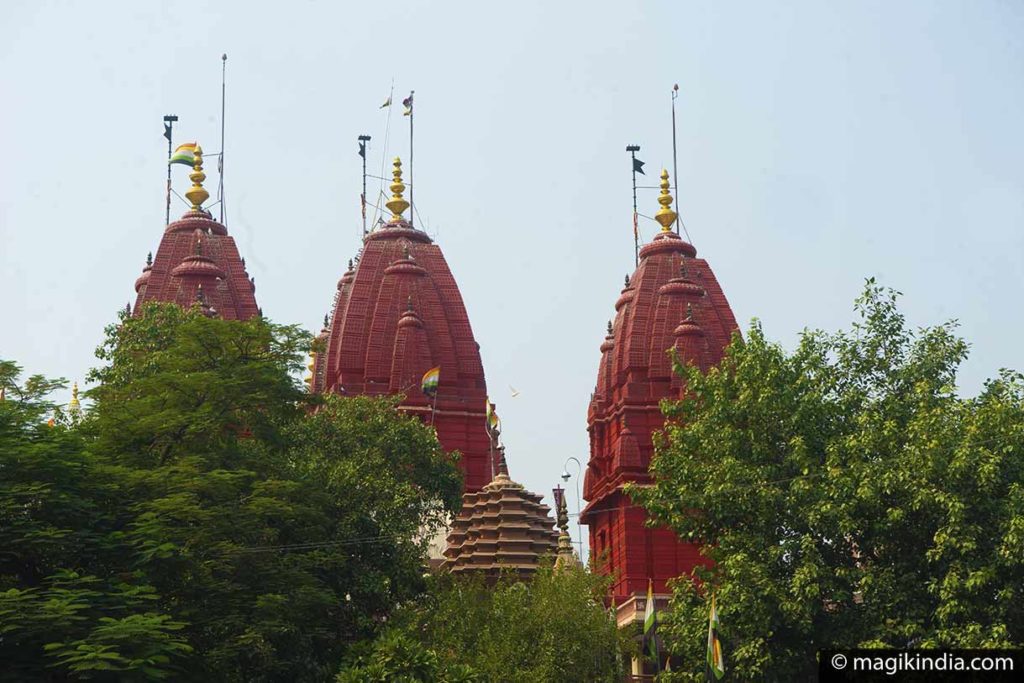
Shri Digambar Lal Mandir is the best-known jain temple in Delhi. It faces the Red Fort in the historic Chandni Chowk district. It owes its name to its bright red color (Lal means red in Hindi) …
VISIT DELHIMahavira temple, Osian, Rajasthan
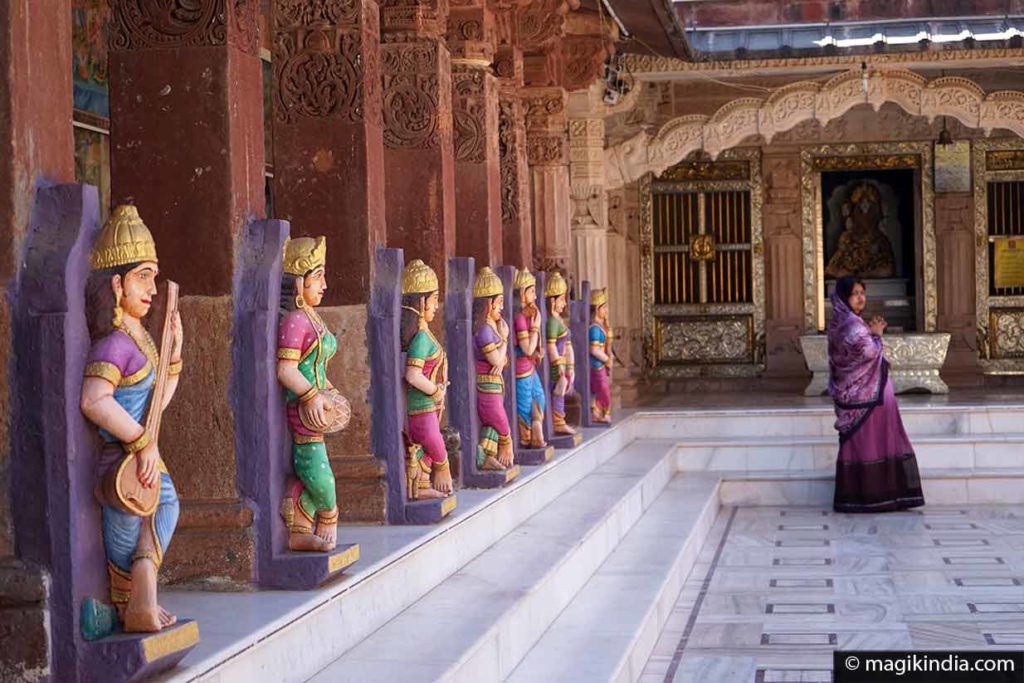
The Jain temple in Osian (Rajasthan) was built by the Pratihara king Vatsaraja in the 8th century CE. Dedicated to Mahavira, the 24th Tirthankar, the temple is regarded as an important pilgrimage centre for Jains. It is famous for its astonishing architecture. The main entrance is sculpted with figures of young women and the torana (archway) leading to the main shrine is particularly finely worked…
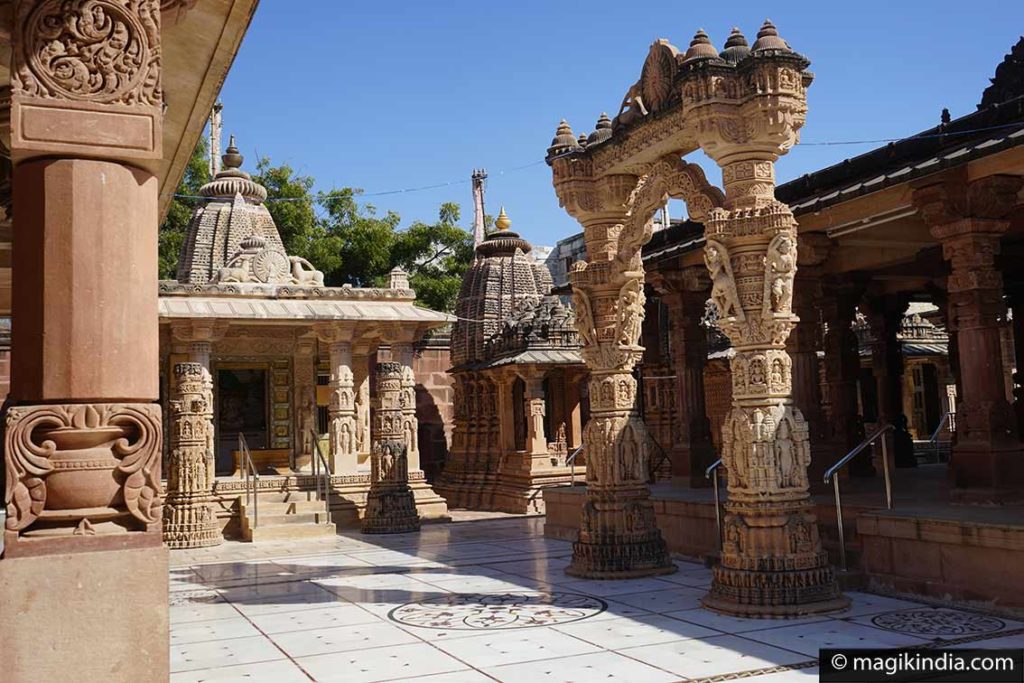

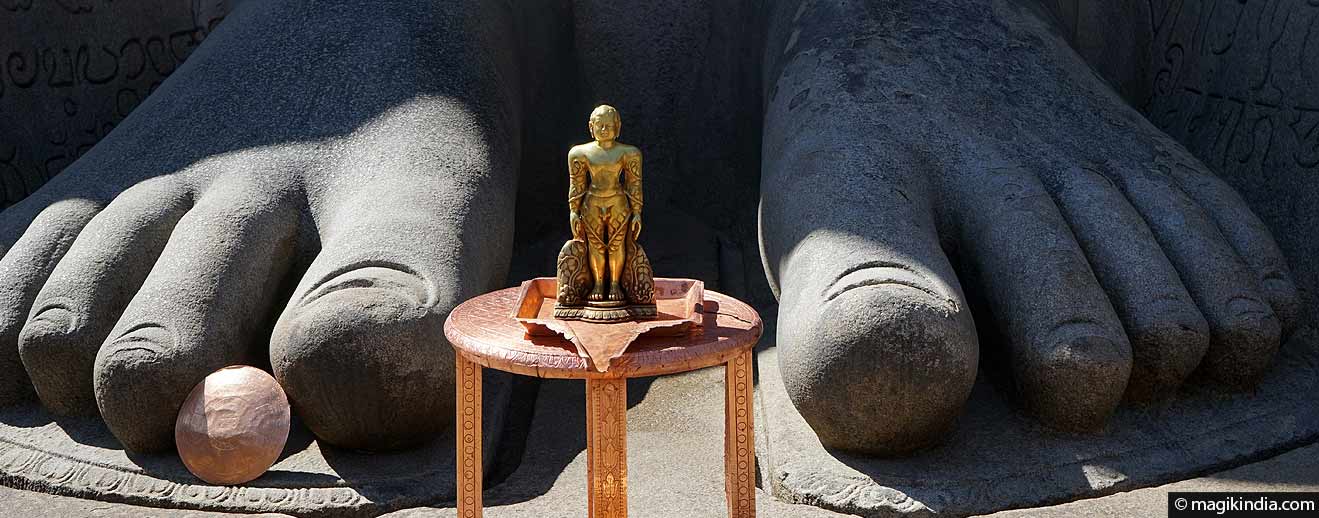
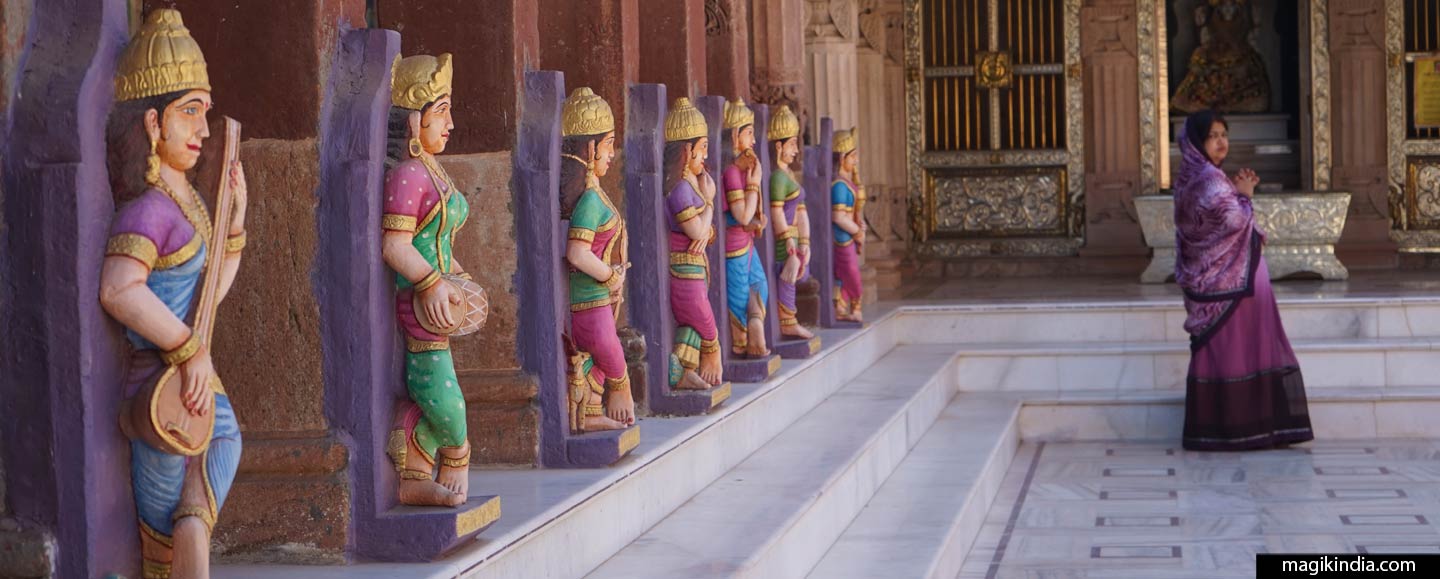
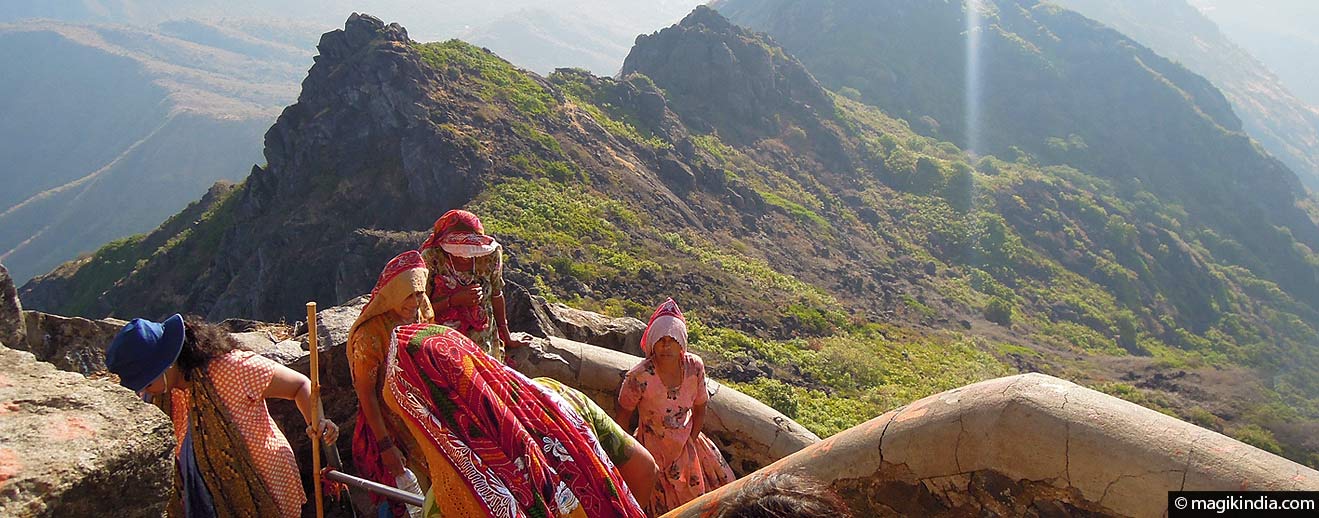

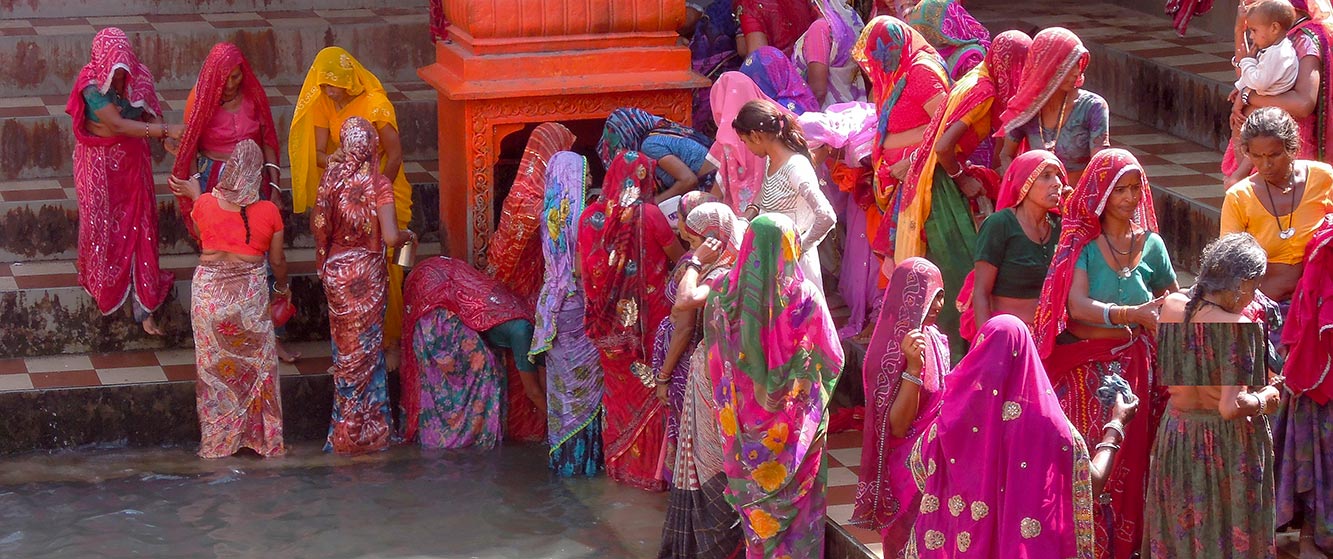
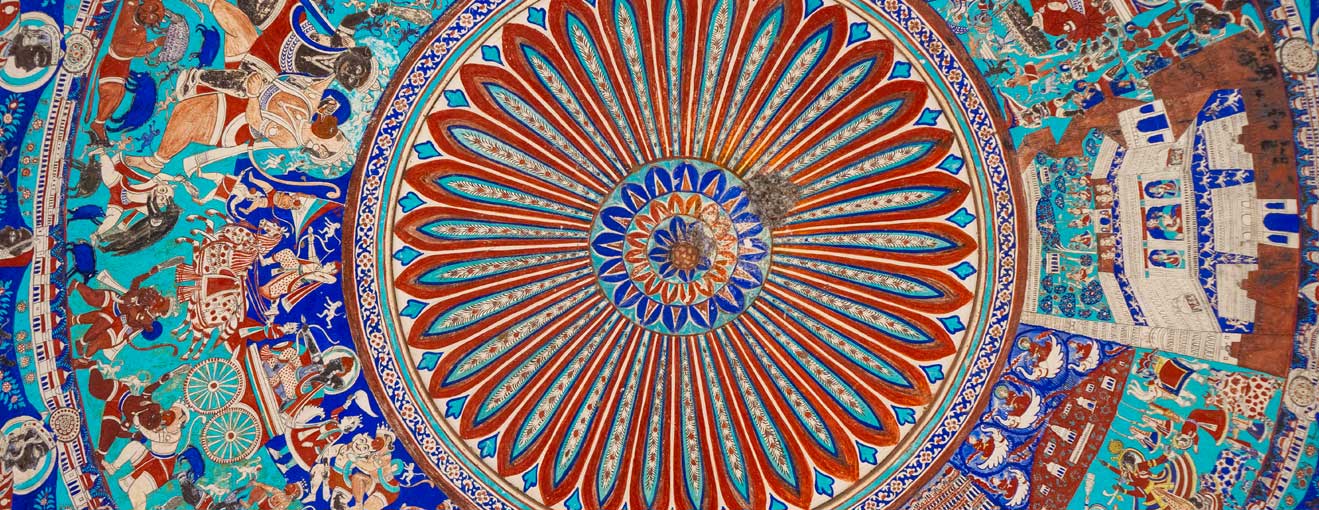
Jainism is as ancient as time itself. There have been ‘ananta’( infinite) tirthankars before and similarly after today. Bhagwan Mahaver Swamiji is the 24th of this kaal chakra, Bhagwan Rushabhdevji being the first.
Please correct
Thanks for your message. I have added your note. cheers, Mathini